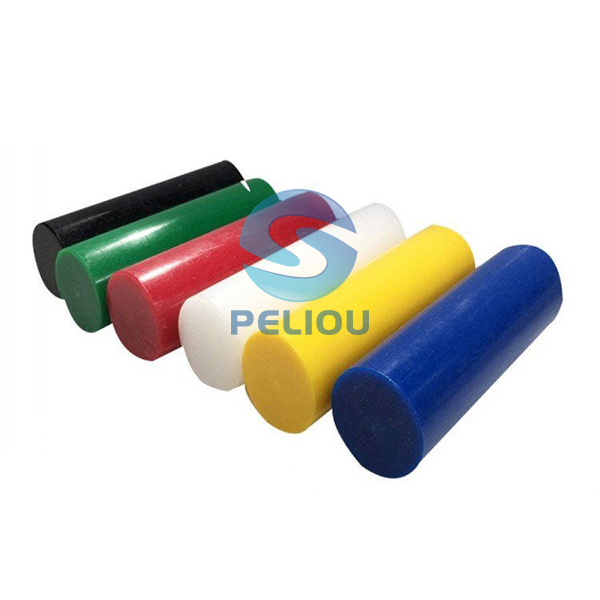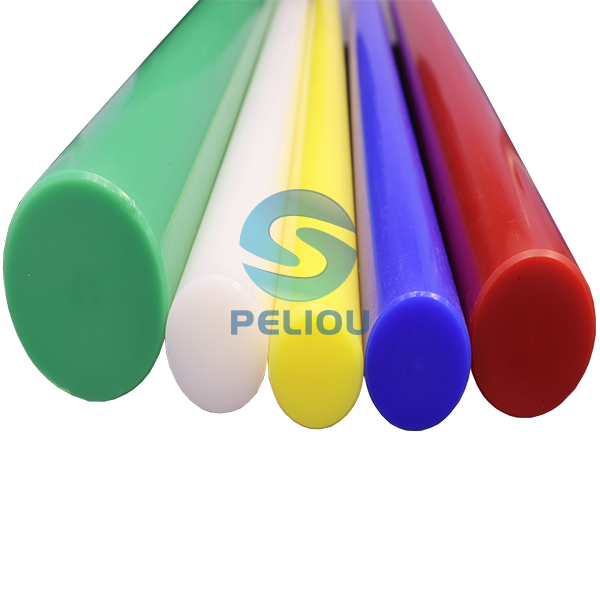Ultra high molecular weight polyethylene rod, also known as PE rod, is a thermoplastic resin with high crystallinity and non-polarity. The surface of the original HDPE is milky white, and the thin section correspondingly presents a certain semi transparent shape. PE rods are highly resistant to toughness, have strong tensile properties, and have advantages such as corrosion resistance, low temperature resistance, and wear resistance. They are widely used in fields such as chemical industry, clothing, packaging, and food. Below, the editor will introduce the specific usage characteristics of ultra-high molecular weight polyethylene rods.
What are the requirements to be met when producing ultra-high molecular weight polyethylene rods. Users who have applied related rod products such as ultra-high molecular weight polyethylene rods know that the ultra-high performance and detailed requirements during production of ultra-high molecular weight polyethylene rods are inseparable.
In order to further promote the understanding of users, our production requirements for ultra-high molecular weight polyethylene rods are as follows: ultra-high molecular weight polyethylene rods have high requirements and operating standards in terms of data selection and disposal technology, and the external disposal of spare parts, such as stopping coating disposal, can greatly increase the service life of spare parts.
The different manufacturing materials for spare parts can also have a significant impact on the quality and lifespan of their use. This also constitutes a phenomenon where the market price of this spare part varies greatly due to differences in information and technology. A pressure head is also used in conjunction with the roller, which first presses the lid onto the can mouth, and then the roller flips to complete the sealing task.
Ultra high molecular weight polyethylene rods have excellent resistance to most household and industrial chemicals. Certain types of chemicals can cause chemical corrosion, such as corrosive oxidants (concentrated nitric acid), aromatic hydrocarbons (xylene), and halogenated hydrocarbons (carbon tetrachloride). This polymer is non hygroscopic and has good waterproof vapor properties, making it suitable for packaging purposes. HDPE has excellent electrical properties, especially its high insulation dielectric strength, making it very suitable for wires and cables.
The above content is an introduction to the specific usage characteristics of ultra-high molecular weight polyethylene rods. Ultra high molecular weight polyethylene rods have excellent impact resistance, even at room temperature and low temperatures of -40F. The unique characteristics of various grades of HDPE are the appropriate combination of four basic variables: density, molecular weight, molecular weight distribution, and additives. Different catalysts are used to produce customized special performance polymers. These variables are combined to produce HDPE grades for different purposes; Achieve the best balance in performance. It has good chemical stability and can resist the erosion of most acids, bases, organic solutions, and hot water. Good electrical insulation.
Previous: Celebrate Chinese New Year with Us: Wishing You Prosperity and Joy! Next: The basic principle and application scope of chain guide rail transmission


